City Directories and History: The 1850 Census of York County provided the following information, which was compiled by Wm. B. White, Jr., for publication. CLICK on the underscored names to learn more.
Persons in York District S. C., who were worth $10,000 or more, according to the Federal Census of 1850: Joshua D. Goore $10,000., Eli Bales $14,400., Samuel L. McConnell $10,000., James Bigger $15,000., Jonathan N. McElwee $10,000., Samuel E. Bratton $15,000. (the son of Harriet R. Bratton), John S. Moore $10,000., Robert M. Love $15,000., Robert Smith $10,000., Andrew B. Springs $15,580., Joel W. Rawlinson $10,218., James L. Wright $16,000., Benjamin F. Rawlinson $10,244., Sarah Smith $16,400., Mansfield Gordon $10,344., Edward Avery $20,000., William B. Dunlap $10,500., Samuel Barry $20,000., James H. McConnell $10,900., John G. Gill $20,000., David Byers $11,200., Samuel Rainey $20,000. (the brother of Harriet R. Bratton), James Brian $12,000., Harriet Bratton $25,000., John Massey $13,000., William R. White $25,070., Richard A. Springs $13,000., David H. Smith $50,000., and Robert Whitesides $13,000.
The above list was compiled by Rock Hill history William B. White, Jr., who at the time invited anyone knowing anything about David H. Smith ($50,000) to write him, saying: “I have looked for years for something on this man, but I have never been able to find out what happened to him after 1850 and who his parents and family were.”
The wealthiest man in the county, John Springs, is not on the list at all. He apparently was not at home when the census-taker came (his correspondence shows that he may have been at his town house in Charlotte, N. C., or elsewhere. Before 1850 Springs had distributed thousands of acres of land (in York District, Mecklenburg Co., NC, and Lincoln Co., NC) to his five children and about 100 slaves. In 1850 if the census-taker had asked him the question asked in later censuses, “What is the value of your personal estate?,” John Springs might have answered, “I have invested in bonds of the U. S. Bank and a number of its branches, and in the stock of private banks, railroads, plank roads, cotton mills, and commercial houses across the southeastern United States. The worth of my bonds and stocks is approximately $400,000.” Courtesy of the YCGHS June 1992
RAILROADS COME TO YORK COUNTY – Several additional facts about the rail line from Columbia to Rock Hill may be of interest to the reader. First, the men from York District who attended the convention concerning the building of a railroad from Charlotte to Columbia were Colonel W. C. Beatty, William A. Latta, John Miller Ross, Robert Gadsden McCaw, William Moore, W. Giles, J. Beatty Smith, and Joel W. Rawlinson. This initial meeting of interested parties was held at Winnsboro on May 24 and 25, 1847.
Subscribers for stock in the Charlotte and South Carolina Railroad Company on September 9 and 10, 1847, were these: Colonel W. C. Beatty, John Miller Ross, Colonel William Wright, John S. Moore, W. I. Clawson, William A. Latta, George W. Williams, Colonel Edward Avery, Harvey Hugh Drennan, Rev. Archibald Whyte, Thomas D. Spratt, James D. Spratt, A. M. White, George P. White, William E. White, and Captain John Massey.
(Along the Landsford Road, by Wm. B. White, Jr. Vol., I – 2008)
Yorkville Enquirer, September 9, 1863: Meeting: home defense & relief for soldier families
On Monday, September 6th a “large and respectable meeting” was held at the CH. Samuel Rainey, Esq. was Chair, Thomas J. Eccles was Secretary and the opening prayer was by Rev. Mr. Dickson. The purpose was to organize for home defense and “to make provision for the families of our gallant “soldiers.” The Board of Relief asked for the meeting because their resources “were nearly exhausted.” Rev. Anderson addressed the meeting and read a letter from Gov. Bonham to Col. Cad. Jones “relative to the necessity of military organization.”
A motion from A. B. Springs, Esq. asked the Board of Relief to make suggestions and a committee of five was appointed to address the governor’s letter. This committee consisted of Col. J. A. McLean, Col. Joel W. Rawlinson, Major Benj. F. Briggs, A. A. McKenzie and Myles Smith. This committee, chaired by McLean, recommended that men “irrespective of age and exempting, be called out with the beat companies and solicited to volunteer to meet the call for defense and York will meet the quota. The committee recommended a company of eighty for home defense.
The state appropriations for relief of indigent families of soldiers was insufficient and the Board of Relief recommended:
-
Levy 2% levy on every 100 bushels of corn and 1% on every 100 bushels of wheat in the District.
-
A committee of three in each beat would be appointed to collect the assessment and establish a “Central Depot for the same.”
-
The Board of Relief “will distribute the same.”
-
The Board of Relief called on non-producers of grain for a just assessment “in money; but in no case to receive a contribution in money, where the same can be paid in produce.”
From the Yorkville Enquirer, June 18, 1885
We report the death of Maj. Benjamin F. Briggs, who lived six miles northeast of Yorkville. He was born near Fairmount Waterworks in Philadelphia in 1819. His father was an architect and builder who in 1823 was engaged by the State of South Carolina to work on the locks connected with the State Canal near Beckhamville in Chester County. He lived nearby in Lancaster County for a few years, then moved to Columbia. There he built the first permanent bridge ever erected at Columbia over the Congaree River. He then superintended the construction of the iron furnace at the Cherokee Iron Works and moved to York County. He acquired an interest in the iron works and lived there until his death. His son Benjamin worked as a clerk in the store at the iron works and then began working at iron works in Gaston County on the property of All-Healing Springs. In 1863 it was sold to Garrett Brothers. He also, previous to the war, was engaged in other mining enterprises and for several years operated the Kings Mountain Gold Mine. He moved to Yorkville in 1855. In the war, he raised a company in North Carolina. After the war, he served as a York County Commissioner, was elected to the South Carolina House of Representatives in 1870, and later served as County Auditor. After 1887, he retired to his farm where he was a successful farmer.
The book Historic Canals & Waterways of South Carolina by Robert J. Kapsch (USC Press, 2010) mentions Benjamin Brigg’s father (page 100-101). In the discussion of the canals on the Catawba River, the Catawba Canal (also known as the Fishing Creek Canal) was the first of three constructions at the Great Falls area. The state Board of Public Works contracted for the construction of this canal in 1820. The contractors listed were Thomas and Briggs. “A contract
has been made with Messrs. Thomas and Briggs, who erected some of the locks on the Schuylkill, for the first section [Fishing Creek Canal] covering three miles and requiring six locks.” By 1821, about one and one-half miles had been completed. By the end of 1822, work was nearing completion. “There have been constructed on this canal five stone locks of the best materials and superior workmanship. The contractors are entitled to the highest credit for the skill and faithfulness with which they have executed this work.” (Quotes are from the yearly report of the Board of Public Works).
Yorkville Enquirer, September 23, 1863: Editorial Items
The Due West Telescope reported that four molasses mills were in production in Due West and many more in the countryside around the town. There was a surplus of molasses but that Thomas Crawford, Esq., had set the price at $2 per gallon, “too much for the poor soldier’s family.” The editor noted similar surplus in York District with higher prices.
Other well to do and highly influential individuals included: James Rufus Bratton, M.D.
Stay Connected
Explore history, houses, and stories across S.C. Your membership provides you with updates on regional topics, information on historic research, preservation, and monthly feature articles. But remember R&R wants to hear from you and assist in preserving your own family genealogy and memorabilia.
Visit the Southern Queries – Forum to receive assistance in answering questions, discuss genealogy, and enjoy exploring preservation topics with other members. Also listed are several history and genealogical researchers for hire.
User comments welcome — post at the bottom of this page.
Please enjoy this structure and all those listed in Roots and Recall. But remember each is private property. So view them from a distance or from a public area such as the sidewalk or public road.
Do you have information to share and preserve? Family, school, church, or other older photos and stories are welcome. Send them digitally through the “Share Your Story” link, so they too might be posted on Roots and Recall.
Thanks!
User comments always welcome - please post at the bottom of this page.
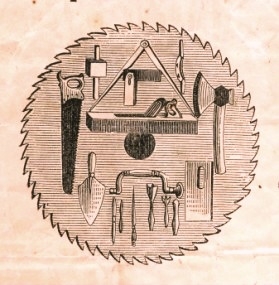
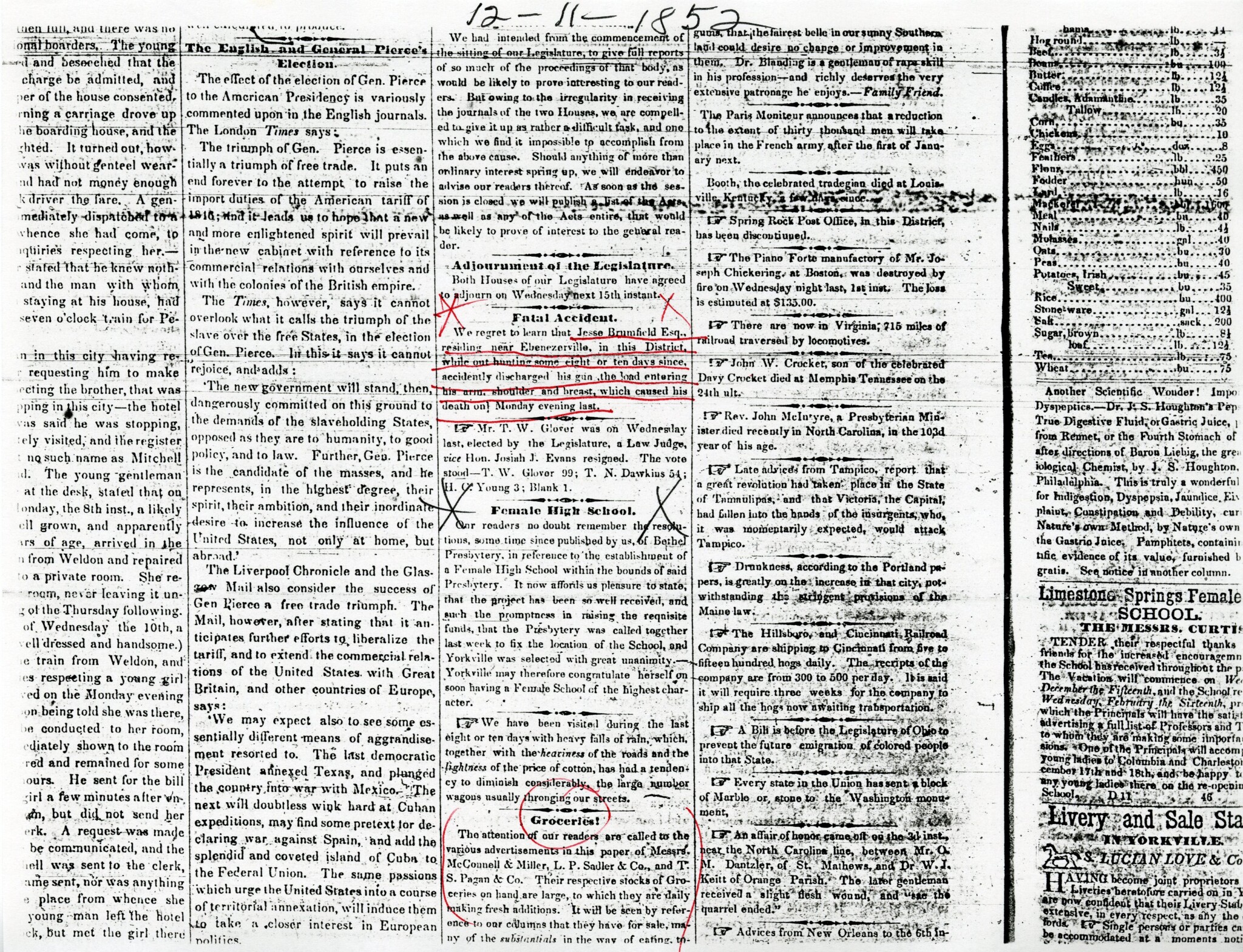
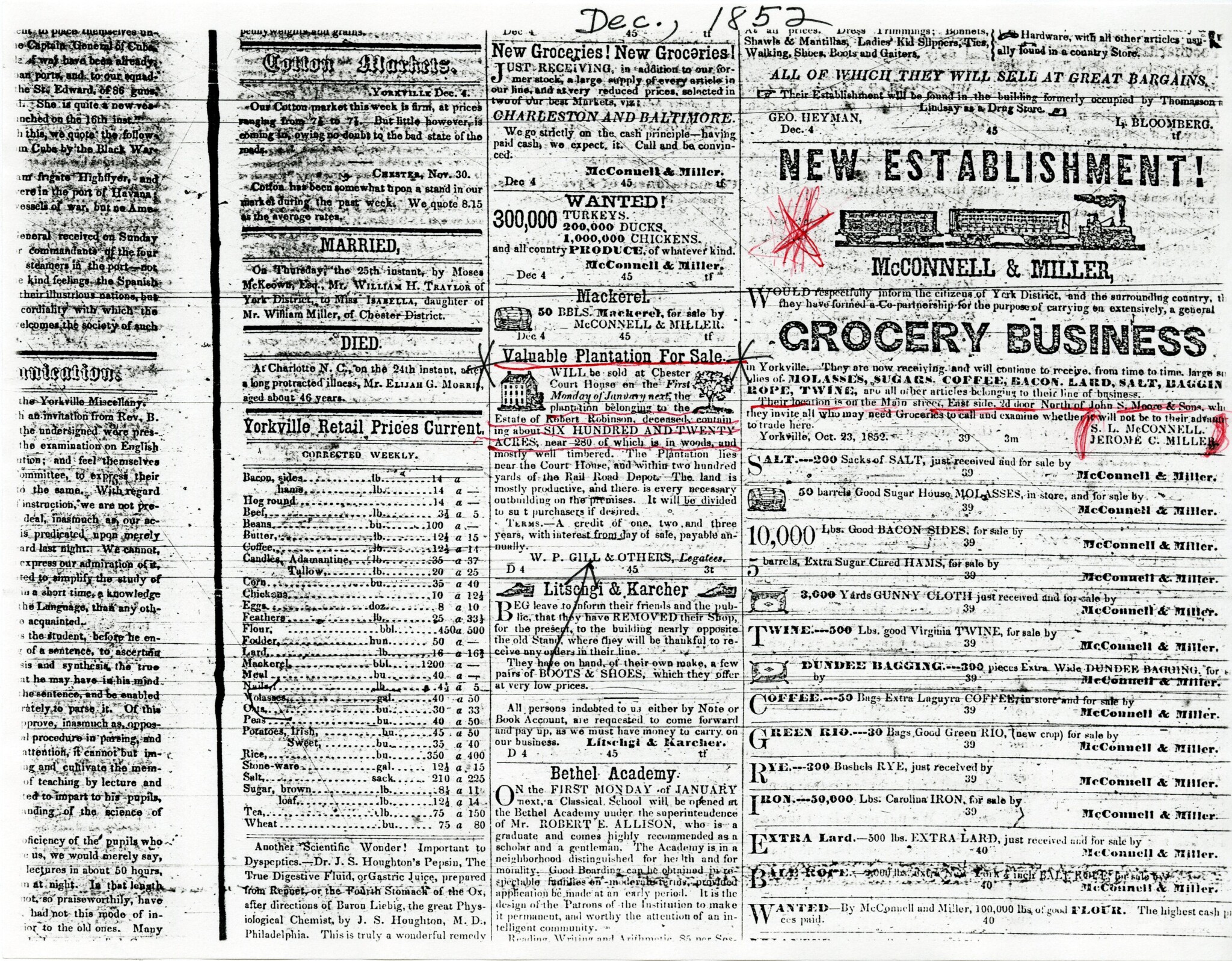
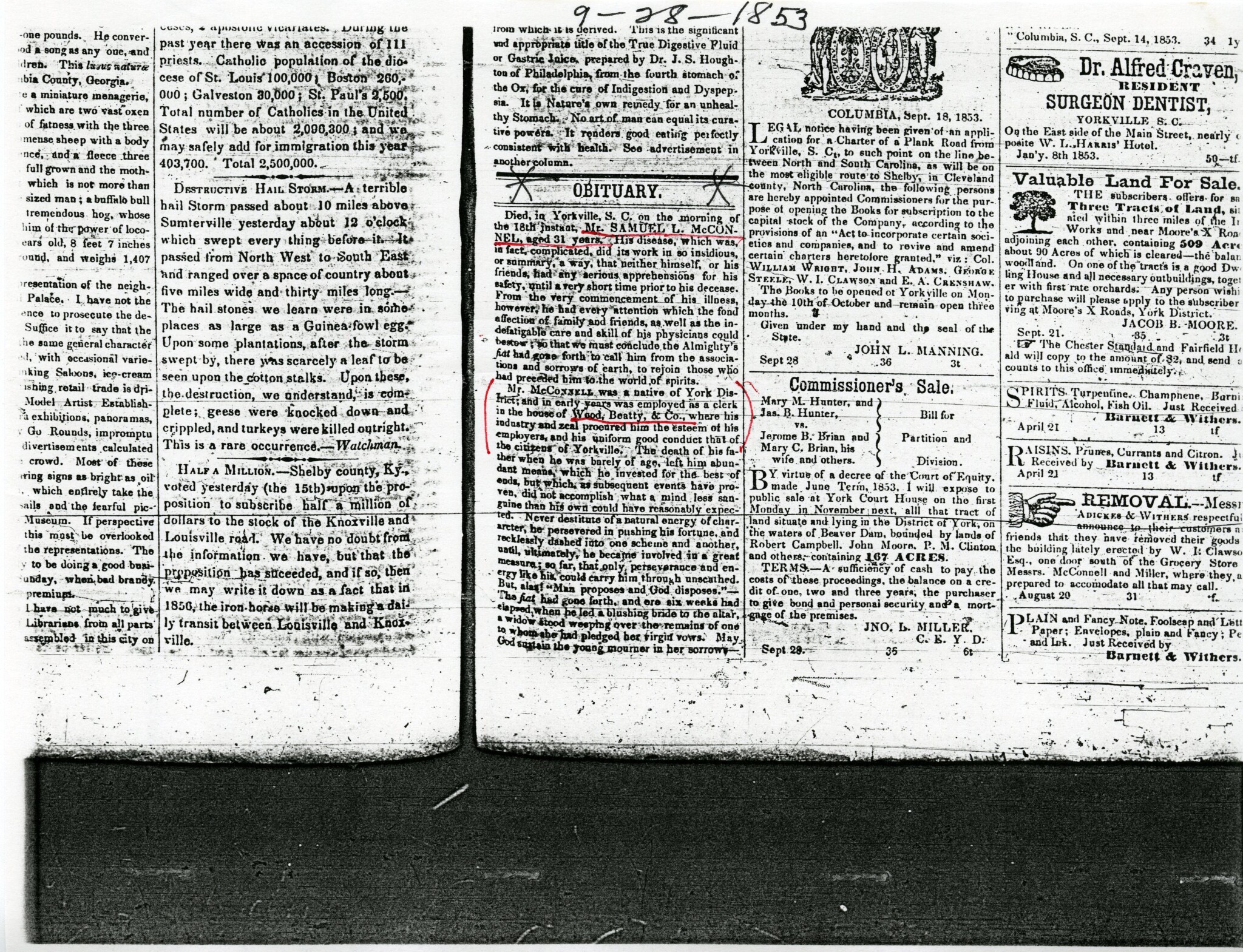
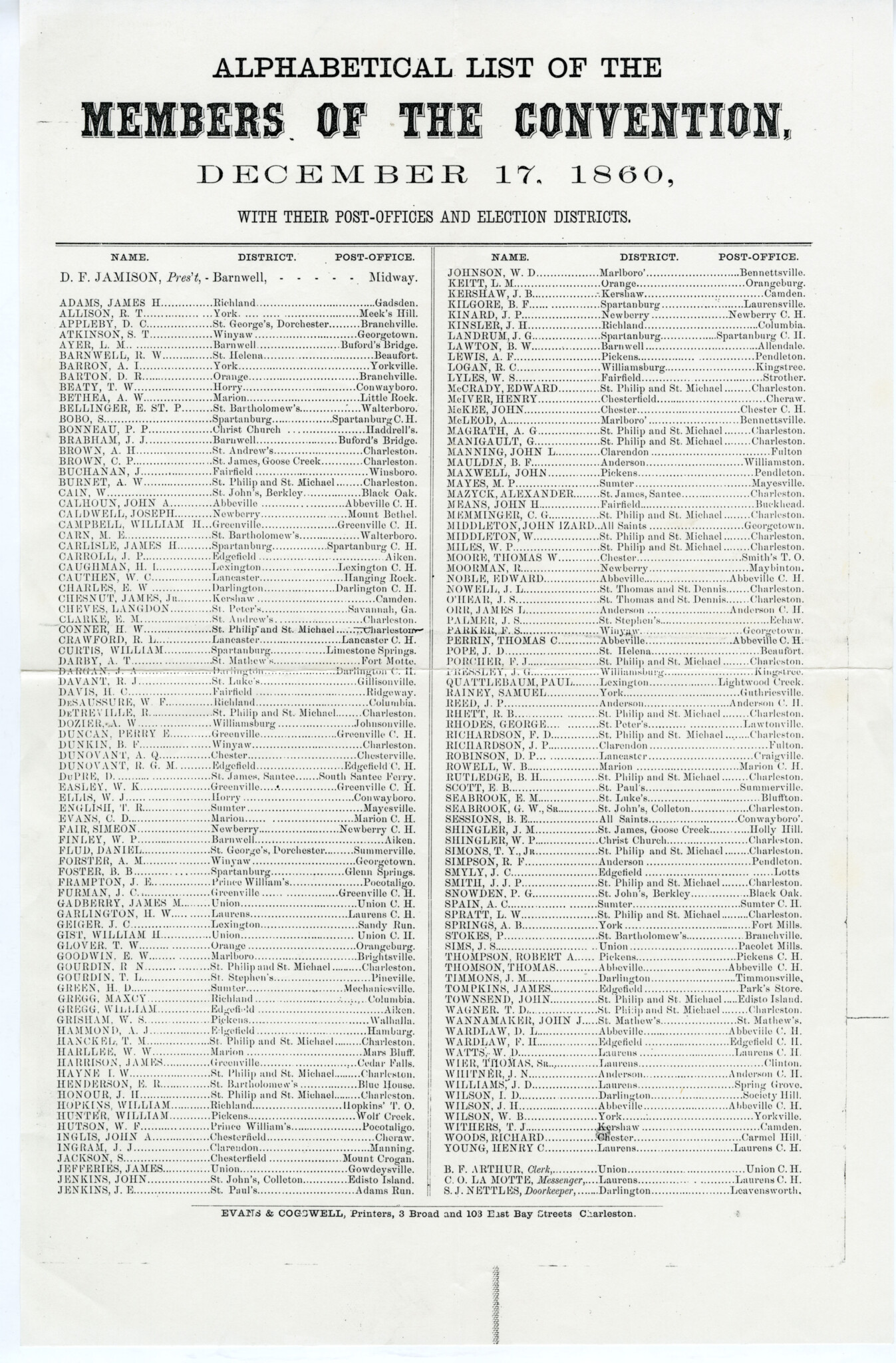
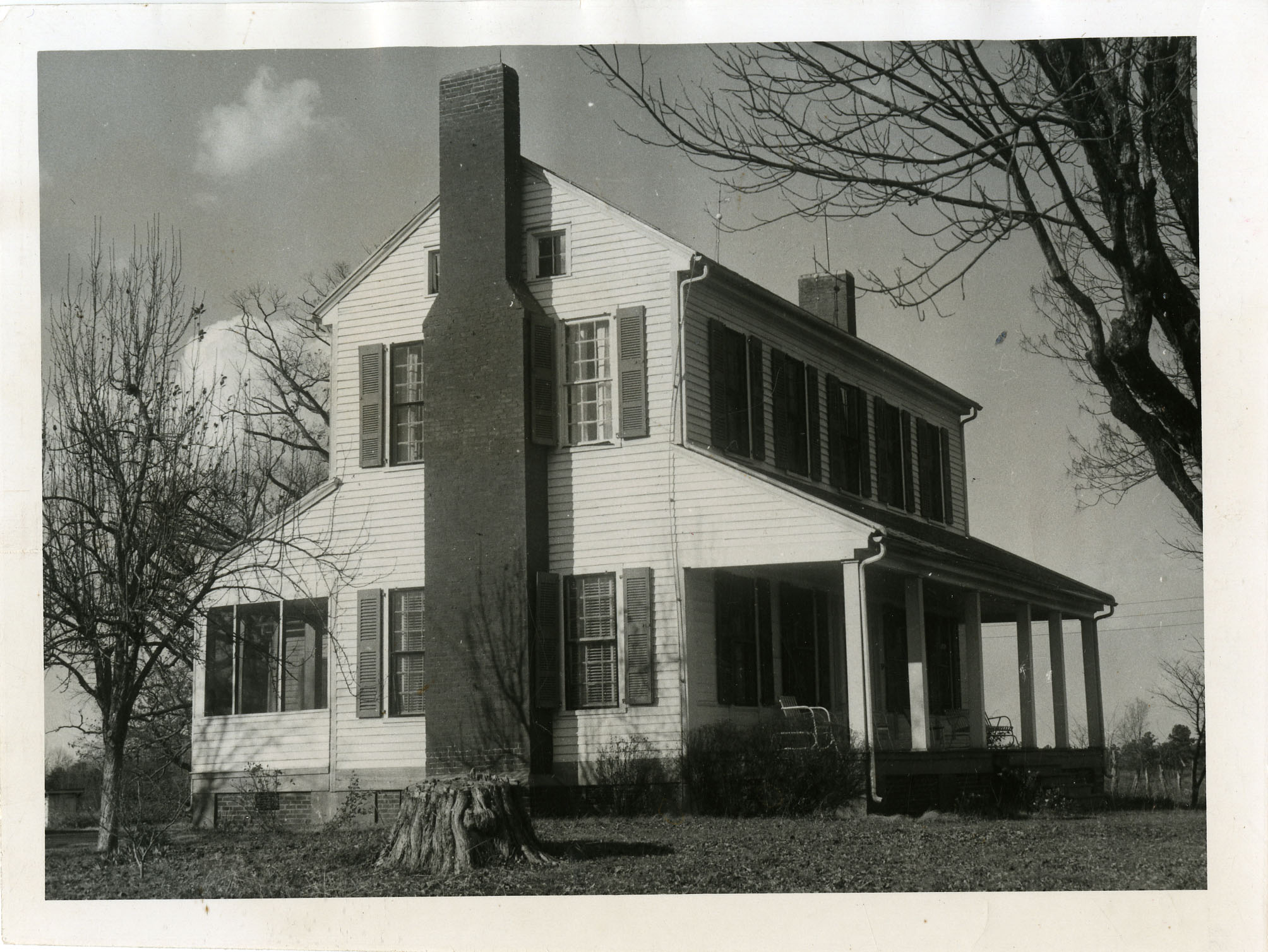


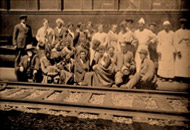
Share Your Comments & Feedback: